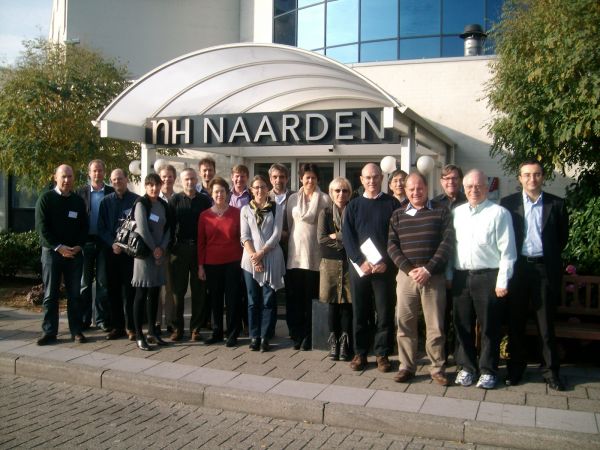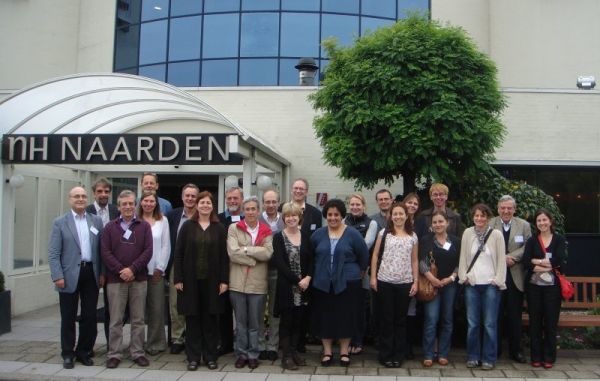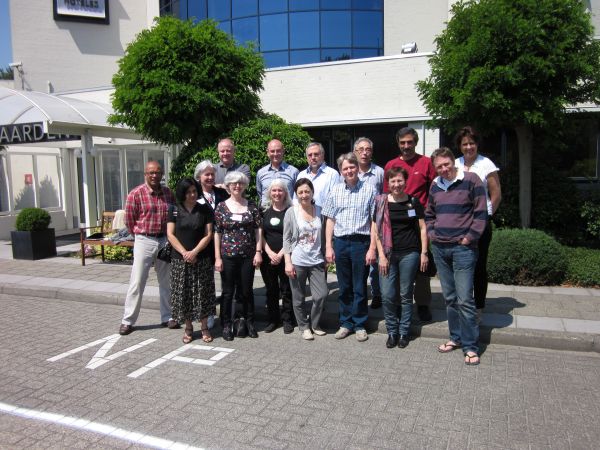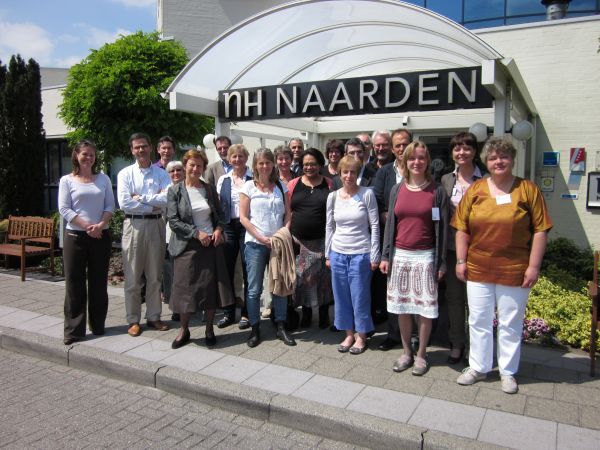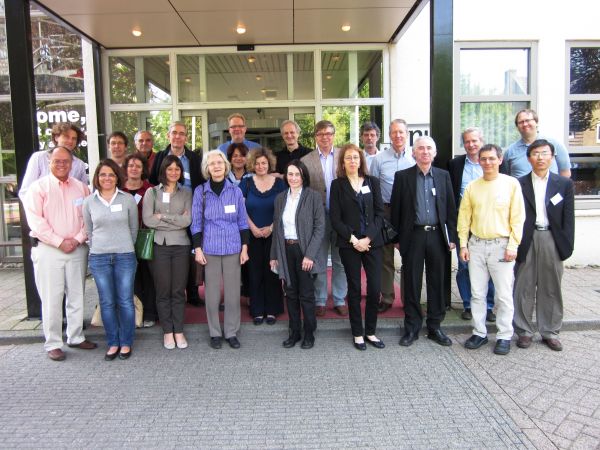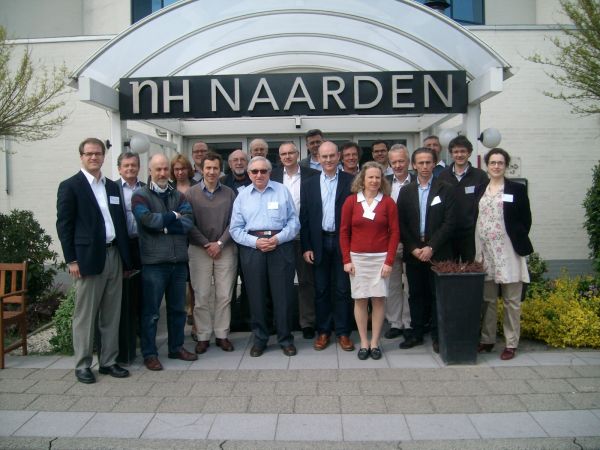Inclusion Body Myositis
Location: Naarden, The Netherlands
The 188th ENMC workshop titled “Inclusion Body Myositis” was held in Naarden, the Netherlands, 2nd to 4th December 2011.
Workshop organiser: Dr. M. Rose, United Kingdom
This workshop was co-sponsored by the Myositis Support Group, United Kingdom
What was the aim of the workshop?
The aims of the workshop were to;
- follow up on previous IBM meetings held in London 2009 and Paris 2010
- foster future collaborative working in immunological and genetic IBM research
- review natural history studies and clinical trial protocols
- review the current status of clinical trials outcome measures and map the processes required to improve these
- establish the requirements for a global IBM registry
- scope the work required for the establishment of standards of care for IBM
Participants
24 representatives from UK, France, Germany, Belgium, Netherlands, Sweden, Denmark, Australia and USA that included neurologists, rheumatologists, physiotherapists, industry representatives and patient representatives.
What was achieved?
After exchange of knowledge, studies and a broad discussion the following was established:
- the diagnostic criteria for IBM that were modified at the Paris and London IBM meetings were further discussed and refined. These criteria will now be validated
- current genetic research was reviewed with the option of joining current efforts by way of submitting IBM patient DNA samples to the principle investigators (subject to local ethical approval)
- previous immunology studies were reviewed and current research was presented and options for participation in these studies were discussed
- previous trial protocols and natural history studies were reviewed and helped inform the implications for future trials planning
- the elements required for a global registry for IBM were discussed and a steering committee agreed to work further towards its implementation
- outcome measures used in trials and in current studies were reviewed. This revealed that a diversity of outcome measures of variable quality are being used. Strategies for harmonizing and improving the quality of IBM outcome measures were discussed
- the scope and content of evidence based standards of care for IBM were considered and plans for their development were implemented
A full report is published in Neuromuscular Disorders (pdf)

